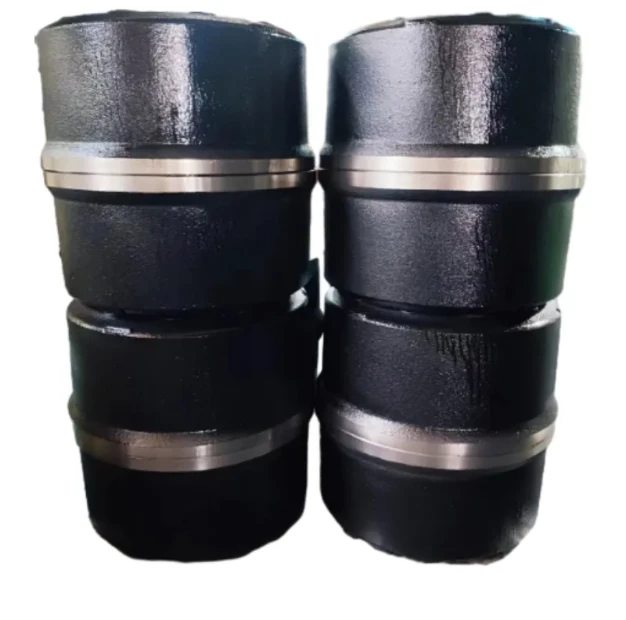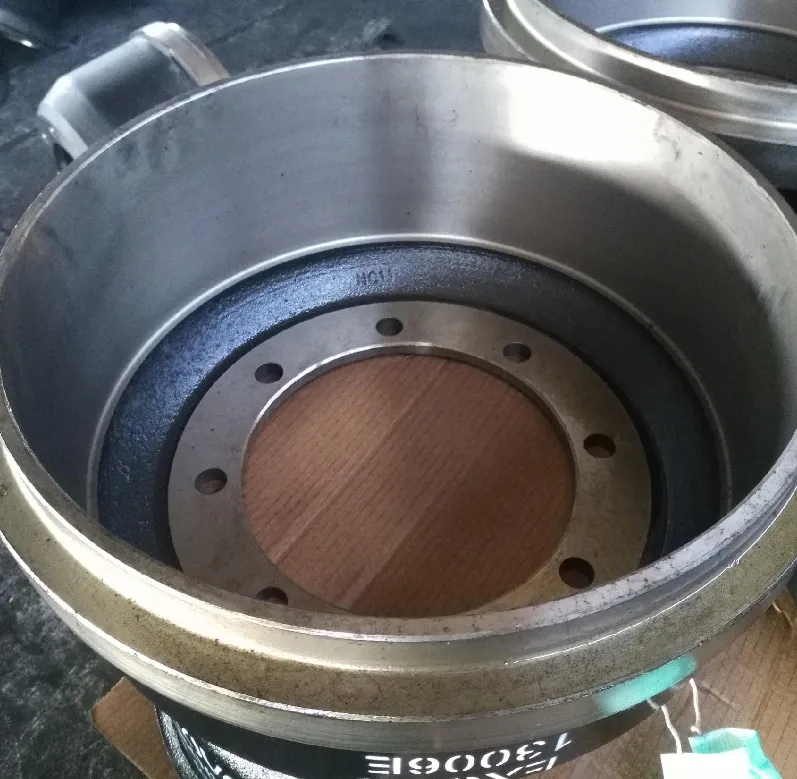
-
 Afrikaans
Afrikaans -
 Albanian
Albanian -
 Amharic
Amharic -
 Arabic
Arabic -
 Armenian
Armenian -
 Azerbaijani
Azerbaijani -
 Basque
Basque -
 Belarusian
Belarusian -
 Bengali
Bengali -
 Bosnian
Bosnian -
 Bulgarian
Bulgarian -
 Catalan
Catalan -
 Cebuano
Cebuano -
 Corsican
Corsican -
 Croatian
Croatian -
 Czech
Czech -
 Danish
Danish -
 Dutch
Dutch -
 English
English -
 Esperanto
Esperanto -
 Estonian
Estonian -
 Finnish
Finnish -
 French
French -
 Frisian
Frisian -
 Galician
Galician -
 Georgian
Georgian -
 German
German -
 Greek
Greek -
 Gujarati
Gujarati -
 Haitian Creole
Haitian Creole -
 hausa
hausa -
 hawaiian
hawaiian -
 Hebrew
Hebrew -
 Hindi
Hindi -
 Miao
Miao -
 Hungarian
Hungarian -
 Icelandic
Icelandic -
 igbo
igbo -
 Indonesian
Indonesian -
 irish
irish -
 Italian
Italian -
 Japanese
Japanese -
 Javanese
Javanese -
 Kannada
Kannada -
 kazakh
kazakh -
 Khmer
Khmer -
 Rwandese
Rwandese -
 Korean
Korean -
 Kurdish
Kurdish -
 Kyrgyz
Kyrgyz -
 Lao
Lao -
 Latin
Latin -
 Latvian
Latvian -
 Lithuanian
Lithuanian -
 Luxembourgish
Luxembourgish -
 Macedonian
Macedonian -
 Malgashi
Malgashi -
 Malay
Malay -
 Malayalam
Malayalam -
 Maltese
Maltese -
 Maori
Maori -
 Marathi
Marathi -
 Mongolian
Mongolian -
 Myanmar
Myanmar -
 Nepali
Nepali -
 Norwegian
Norwegian -
 Norwegian
Norwegian -
 Occitan
Occitan -
 Pashto
Pashto -
 Persian
Persian -
 Polish
Polish -
 Portuguese
Portuguese -
 Punjabi
Punjabi -
 Romanian
Romanian -
 Russian
Russian -
 Samoan
Samoan -
 Scottish Gaelic
Scottish Gaelic -
 Serbian
Serbian -
 Sesotho
Sesotho -
 Shona
Shona -
 Sindhi
Sindhi -
 Sinhala
Sinhala -
 Slovak
Slovak -
 Slovenian
Slovenian -
 Somali
Somali -
 Spanish
Spanish -
 Sundanese
Sundanese -
 Swahili
Swahili -
 Swedish
Swedish -
 Tagalog
Tagalog -
 Tajik
Tajik -
 Tamil
Tamil -
 Tatar
Tatar -
 Telugu
Telugu -
 Thai
Thai -
 Turkish
Turkish -
 Turkmen
Turkmen -
 Ukrainian
Ukrainian -
 Urdu
Urdu -
 Uighur
Uighur -
 Uzbek
Uzbek -
 Vietnamese
Vietnamese -
 Welsh
Welsh -
 Bantu
Bantu -
 Yiddish
Yiddish -
 Yoruba
Yoruba -
 Zulu
Zulu
Jan . 29, 2025 02:07
Back to list
do drum brakes have rotors
Drum brakes have been an essential component in automotive design since the early 20th century. While the evolution of braking systems has introduced more advanced technologies like disc brakes, drum brakes still play a crucial role in many vehicles, particularly in budget-friendly and older models. When discussing drum brakes, a common query arises Do drum brakes have rotors? To unravel this question, it's important to delve into the anatomy and functionality of drum brakes.
Several advantages characterize drum brakes that explain their continued utilization in vehicle manufacturing. Firstly, they are cost-effective. The manufacturing process for drum brakes is generally less expensive, and their long-lasting nature can reduce costs over the vehicle's lifespan. Secondly, drum brakes can incorporate a parking brake mechanism more easily within their design, providing space-saving benefits. However, there are distinct disadvantages associated with drum brakes when compared to their disc counterparts. Drum brakes are more susceptible to overheating and can suffer from reduced performance due to heat fades, particularly when used extensively in demanding driving conditions. The enclosed design of drum brakes also makes them more challenging to inspect and maintain, often requiring more labor-intensive processes to replace components like brake shoes. Reflecting current automotive trends, the use of drum brakes is prevalent in specific scenarios. They are still commonly found on the rear axles of smaller, budget-friendly vehicles. In these use cases, the requirement for extreme braking power is reduced compared to the front brakes, thus making drum brakes a practical choice. In summary, while drum brakes do not have rotors, they continue to serve an essential purpose in the automotive industry. Their distinct design and operating principle determine their suitability for specific applications, primarily where cost efficiency and adequate performance outweigh the need for the superior stopping power and heat management of disc brakes. As automotive technology progresses, the understanding and application of both drum and disc brakes showcase the continual evolution toward optimizing performance, safety, and economy across diverse vehicular platforms. It's this blend of innovation and tradition that maintains the relevance of drum brakes in contemporary automotive engineering.


Several advantages characterize drum brakes that explain their continued utilization in vehicle manufacturing. Firstly, they are cost-effective. The manufacturing process for drum brakes is generally less expensive, and their long-lasting nature can reduce costs over the vehicle's lifespan. Secondly, drum brakes can incorporate a parking brake mechanism more easily within their design, providing space-saving benefits. However, there are distinct disadvantages associated with drum brakes when compared to their disc counterparts. Drum brakes are more susceptible to overheating and can suffer from reduced performance due to heat fades, particularly when used extensively in demanding driving conditions. The enclosed design of drum brakes also makes them more challenging to inspect and maintain, often requiring more labor-intensive processes to replace components like brake shoes. Reflecting current automotive trends, the use of drum brakes is prevalent in specific scenarios. They are still commonly found on the rear axles of smaller, budget-friendly vehicles. In these use cases, the requirement for extreme braking power is reduced compared to the front brakes, thus making drum brakes a practical choice. In summary, while drum brakes do not have rotors, they continue to serve an essential purpose in the automotive industry. Their distinct design and operating principle determine their suitability for specific applications, primarily where cost efficiency and adequate performance outweigh the need for the superior stopping power and heat management of disc brakes. As automotive technology progresses, the understanding and application of both drum and disc brakes showcase the continual evolution toward optimizing performance, safety, and economy across diverse vehicular platforms. It's this blend of innovation and tradition that maintains the relevance of drum brakes in contemporary automotive engineering.
Next:
Latest news
-
What Are Drum BrakesNewsJul.07,2025
-
Understanding Brake Drum MaterialNewsJul.07,2025
-
Semi-Trailer Brake Drum: A Key Component for Extreme Loads and Long-Distance TransportNewsJul.07,2025
-
Drum Brake Pads for SaleNewsJul.07,2025
-
Brake Drums for SaleNewsJul.07,2025
-
Brake Drum ManufacturerNewsJul.07,2025
-
Aluminum Brake Drums: The Future of High-Performance CarsNewsJul.07,2025
